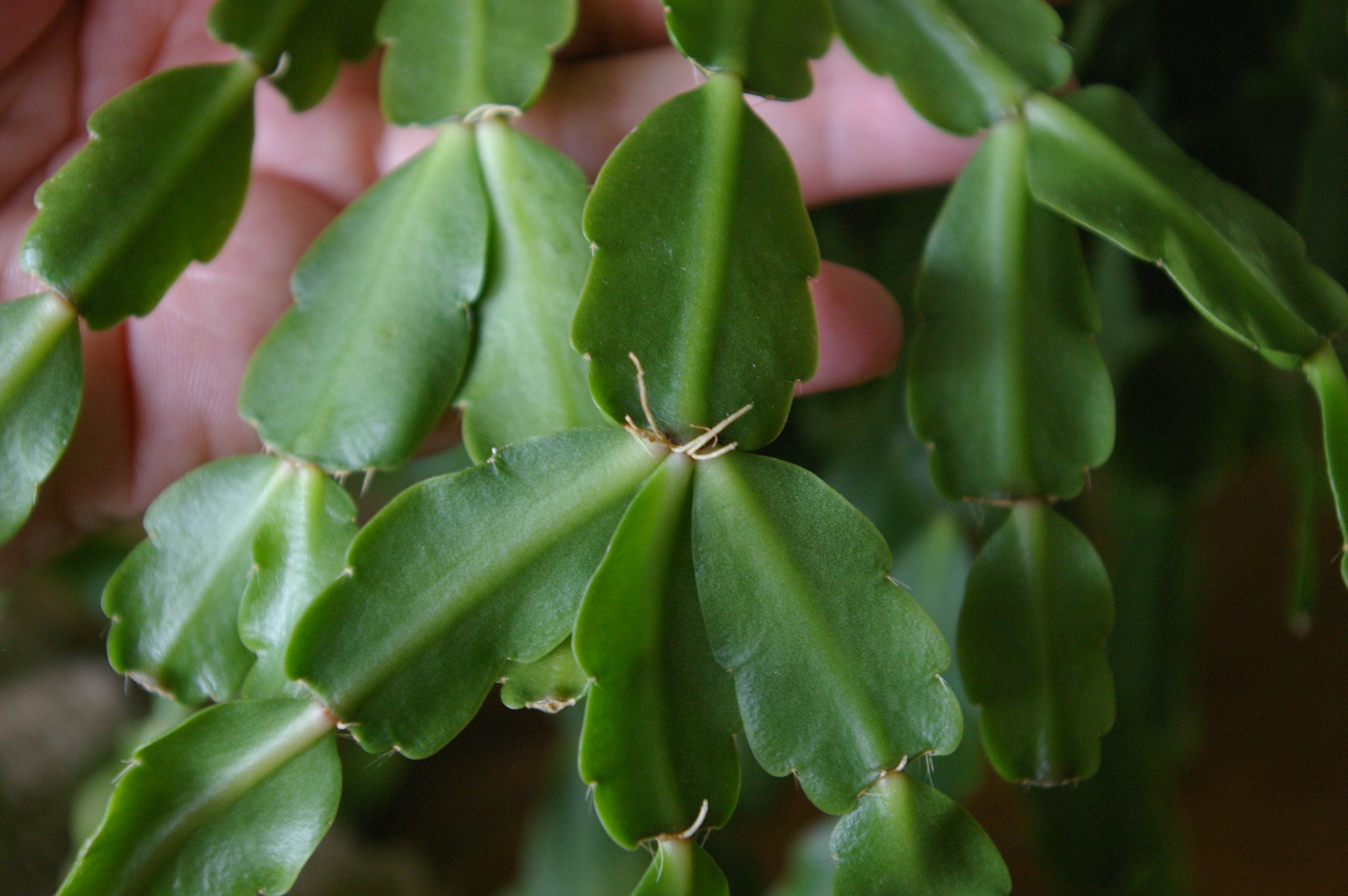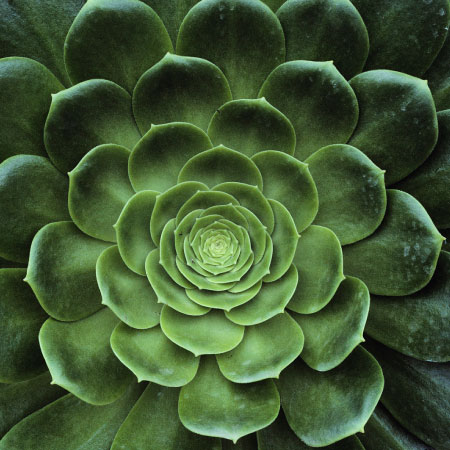Rootlike Growths On Christmas Cactus: Why Christmas Cactus Has Aerial Roots


Christmas cactus is a striking plant with bright pink or red blooms that add some festive color around the winter holidays. Unlike typical desert cactus, Christmas cactus is a tropical plant that grows in the Brazilian rainforest.
The cactus is easy to grow and a cinch to propagate, but Christmas cactus has some unusual attributes that may cause you to wonder what's going on with your plant. Let's learn more about roots growing from Christmas cactus plants.
Why Christmas Cactus Has Aerial Roots
If you notice root-like growths on Christmas cactus, don't be overly concerned. Christmas cactus is an epiphytic plant that grows on trees or rocks in its natural habitat. The roots growing from Christmas cactus are actually aerial roots that help the plant cling to its host.
The plant is not a parasite because it doesn't depend on the tree for food and water. This is where the roots come in handy. Christmas cactus aerial roots help the plant reach sunlight and absorb necessary moisture and nutrients from leaves, humus, and other plant debris that surround the plant.
These natural survival mechanisms can give you clues as to why your potted Christmas cactus is developing aerial roots. For example, low light can cause the plant to send out aerial roots in an attempt to absorb more sunlight. If this is the case, moving the plant into brighter sunlight may diminish the growth of aerial roots.
Similarly, the plant may develop aerial roots because it is reaching out to find more water or nutrients. Water the plant deeply whenever the top 1 to 2 inches (2.5-5 cm.) of potting soil feels dry to the touch. Water sparingly during fall and winter, providing just enough moisture to keep the plant from wilting.
Feed the plant once every month, beginning in late winter or early spring, using a regular houseplant fertilizer. Stop fertilizing in October when the plant is preparing to bloom.
Gardening tips, videos, info and more delivered right to your inbox!
Sign up for the Gardening Know How newsletter today and receive a free copy of our e-book "How to Grow Delicious Tomatoes".

A Credentialed Garden Writer, Mary H. Dyer was with Gardening Know How in the very beginning, publishing articles as early as 2007.
-
 Looking For Plants To Give You The Soft And Fuzzies? Try These 5 Fuzzy Leaf Plant Options
Looking For Plants To Give You The Soft And Fuzzies? Try These 5 Fuzzy Leaf Plant OptionsLovers of texture, drama, silver foliage and tactile plants will adore these special sensory garden additions. These fuzzy leaf plant options will leave you all aglow
By Susan Albert
-
 Get Ready For A Summer Of Hummers! Grow These Full Sun Hummingbird Plants and Flowers
Get Ready For A Summer Of Hummers! Grow These Full Sun Hummingbird Plants and FlowersIf you’re lucky enough to enjoy a sunny backyard, make sure you are maxing out on your pollinator opportunities and grow these full sun hummingbird plants and flowers
By Tonya Barnett